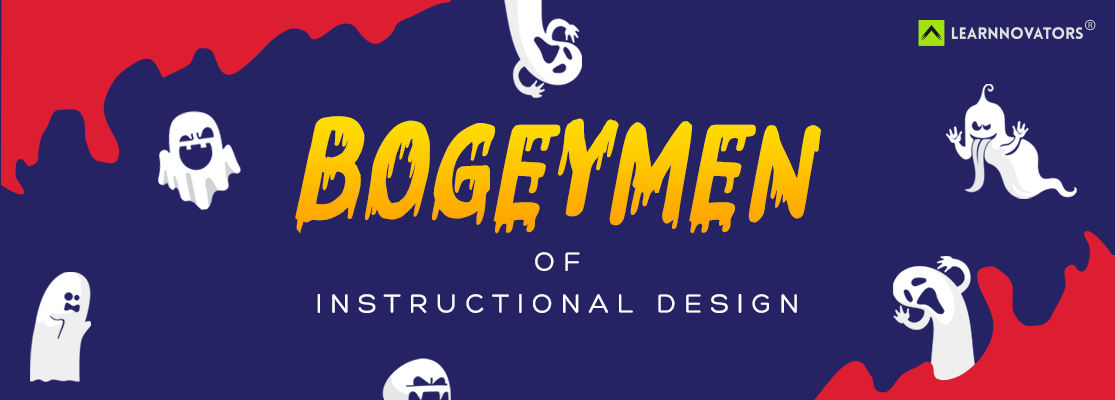
JOHN HINCHLIFFE – CRYSTAL BALLING WITH LEARNNOVATORS
In this exclusive interview with Learnnovators, John Hinchliffe shares his insights on the changing nature of workplace learning in relation to the world of work.

In this exclusive interview with Learnnovators, John Hinchliffe shares his insights on the changing nature of workplace learning in relation to the world of work.

In this exclusive interview with Learnnovators, Dr. Stella Lee shares her insights on the changing nature of workplace learning in relation to technological innovations such as Artificial Intelligence and robotics.

In this exclusive interview with Learnnovators, Kevin Thorn shares his insights on the changing nature of e-learning for workplace training.

In this exclusive interview with Learnnovators, Keith Keating shares his insights on the changing nature of workplace learning from the perspective of design thinking.

I think I, and every ID I’ve known, has had that bogeyman image of the kind of ID they didn’t want to be when they grew up!
These bogeymen haunt us and every time we catch a glimpse of their shadow in a project, no matter how experienced we are, we turn pale and hope like hell that that wasn’t a reflection we just saw! What scares an ID you ask? These are my bogeymen…

‘Keep it simple’ is the epitome of folksy wisdom. You can appreciate where it’s coming from, but you can’t blindly follow it and indiscriminately simplify everything under the sun.

In this exclusive interview with Learnnovators, Bob Mosher shares his insights on the changing nature of workplace learning based on the science behind performance support.

In this exclusive interview with Learnnovators, Bianca Baumann shares her insights on the changing nature of workplace learning from the perspective of marketing.

In this exclusive interview with Learnnovators, Margie Meacham shares her insights on the changing nature of workplace learning based on the research behind neuroscience.

In this exclusive interview with Learnnovators, Julie Dirksen shares her insights on the changing nature of workplace learning based on the research behind behavior change.

In this exclusive interview with Learnnovators, Jane Hart shares her insights on the disruptive trends that are presently influencing workplace learning.

This is Part 2 of Will Thalheimer’s interview in which he explains his views on how learning science and evaluation models and strategies are evolving in sync with the rapid changes presently influencing L&D.